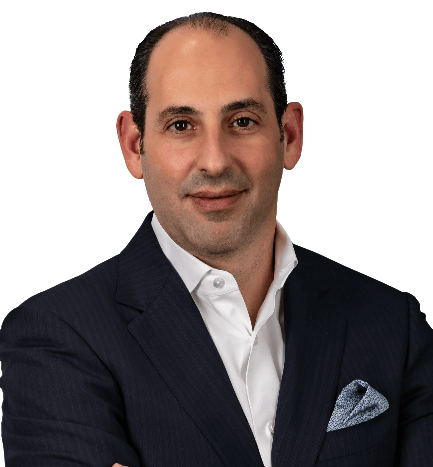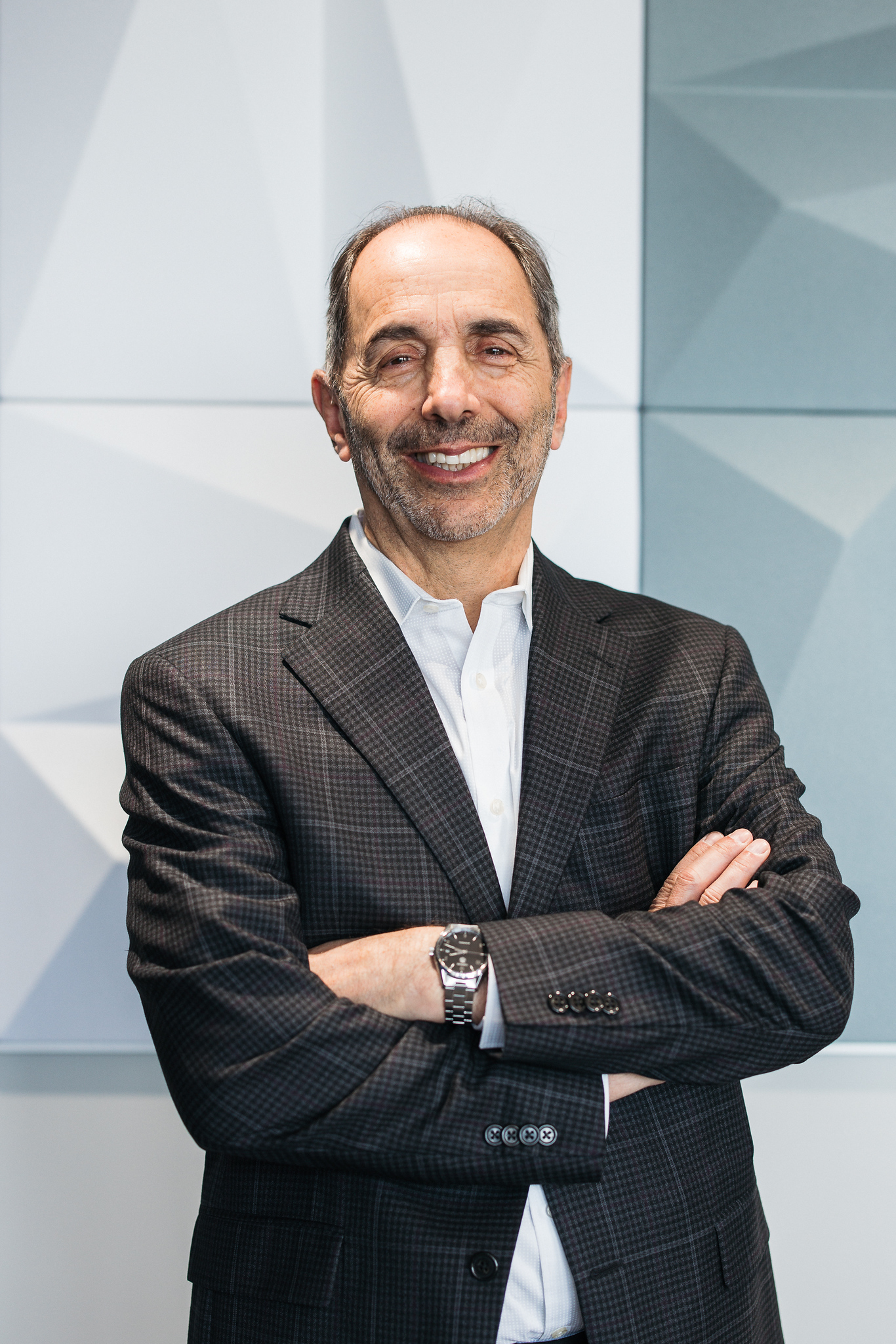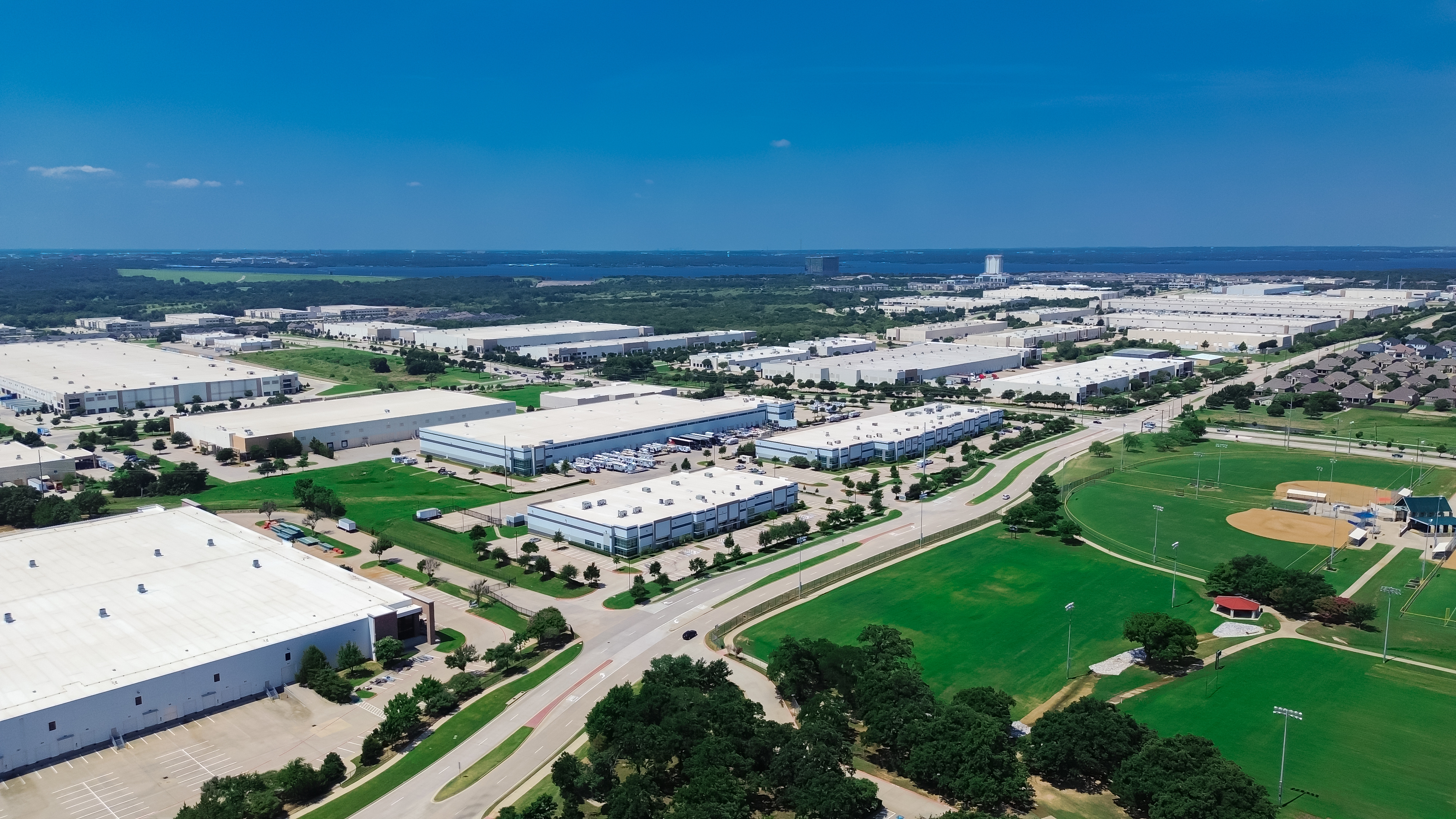Why industrial real estate still outperforms in tough times
IN Partnership with
CanFirst’s Perez and Braun find that, unlike office, carrying vacant industrial space is cheaper, steadier, and still attracting capital despite headwinds

More


IN CANADIAN industrial real estate, balance has returned, but not without complications. Just a few years ago, warehouses were nearly impossible to secure as
e-commerce surged and vacancy rates plummeted to near zero. Developers raced to build, capital flowed in, and tenants locked up space in anticipation of future growth. Fast forward to today, and vacancy rates sit closer to
5 percent, a level widely seen as equilibrium, though with very different dynamics than before.
This reset has exposed both the strengths and the fault lines of the sector. Leasing activity has slowed, weighed down by tariffs and economic uncertainty, while investors have remained remarkably committed.
As Allan Perez, CEO of CanFirst Capital Management, notes, the duality is striking: “On the leasing front, headwinds remain. But investment demand is still competitive, and valuations have held.” His colleague Mark Braun, CanFirst’s executive vice president, points to the tenant side of the equation: “With availability up, occupiers are negotiating harder − asking for concessions, shorter terms, and, increasingly, greener buildings. The market is more balanced than it has been in years.”
For CanFirst − a Toronto-based firm managing funds across all sectors in commercial real estate, with an emphasis on industrial − the focus is on how discipline and a long-term view have helped sustain performance in a market that shifts quickly between shortage and equilibrium.

CanFirst Capital Management was founded in 2002 and is an industry leader investing in commercial real estate. CanFirst forms real estate Funds that contain a portfolio of properties to provide diversification for its partners. The CanFirst team is focused on investing in assets that offer consistent and stable returns, while concurrently ensuring capital preservation and providing value add opportunities.
CanFirst employs a disciplined investment strategy that ensures investments are focused on specifically targeted properties. While the focus is on investment, the CanFirst Capital Management team has many years of experience in the real estate business including development, redevelopment, asset and property management, financing, leasing and construction.
Find out more



Discipline driving steady returns
Consistent performance
“The industrial side has historically been more stable without the wild swings. For many institutional and private investors, that stability is exactly what they want”
Allan Perez,
CanFirst
The post-COVID cycle was a textbook case of overshoot. With space scarce, developers flooded the market, particularly with big-box warehouses. At the same time, logistics companies and other occupiers locked up large commitments − often more than they needed. When growth slowed and tariffs disrupted trade, much of that space came back as sublets.
The softness is concentrated at the top end of the market. “The weakness is really in the big-box space, which is where most of the new development took place,” Perez says. The market for smaller and mid-sized facilities remains tighter, largely because economies of scale discourage speculative building in that segment.
For tenants, hesitation has been a defining feature. Tariff uncertainty has made many reluctant to commit to long leases.
Yet even caution has limits. “Companies have started to realize they can’t wait forever,” Perez notes. “They have businesses to run.” Leasing velocity is showing signs of life as firms move forward out of necessity.
resilience. Carrying vacant industrial space is less costly than in office, and re-leasing is more straightforward. That makes downturns easier to navigate, a fact investors have not overlooked.
The contrast with office has been stark. High vacancies and costly retrofits have drained investor appetite there, pushing capital toward industrial. It’s a distinction investors understand well. Office towers struggling with high vacancy and costly retrofits have pushed capital elsewhere, with much of it flowing into industrial. The appeal is not the prospect of explosive upside but the reliability of modest, consistent growth.
As Perez puts it, “The industrial side has historically been more stable, without the wild swings. To many institutional and private investors, that stability is quite appealing.”
Braun frames it from another angle: “Investors know industrial is tenanted by industry itself. It’s broad-based and essential, which makes it less prone to the sudden shocks we’ve seen in sectors like office.”
This flight to relative safety has broadened the investor base. Institutional players continue to participate, but private investors and family offices are also increasingly drawn to core strategies that prioritize preservation of capital and steady cash flows. In an environment where public equities remain volatile and fixed-income yields uncertain, industrial real estate offers ballast.
For CanFirst, this migration of capital reinforces the appeal of its core strategy. CanFirst’s open end IncomePlus Real Estate Fund (CIPREF) underscores the value of steady fundamentals. Since inception in June 2018, it has delivered an annualized total return of approximately 11.3 percent and thrives on 100 percent occupancy since launch.
Much of that stems from a focus on long-term leases with quality tenants, producing consistency. It highlights industrial’s place as the backbone of private real estate: over the past decade, industrial has far outpaced other sectors, with a 10-year annualized return of about
12 percent, compared with under 5 percent for office.
“Industrial real estate is, by definition, tenanted by industry − it’s the backbone. So anything that impacts the economy, positively or negatively, is going to impact us”
Mark Braun,
CanFirst


Share






From scarcity to balance
Why investors aren’t flinching
Published October 10, 2025
Share








Annual returns of 10–13% since CIPREF’s inception, built on long-term leases and strong tenants

Stabilized portfolio
11 properties across Canada, totalling 1.16 million sq. ft. − anchored by essential tenants, including Loblaws, Foot Locker, and Allianz Global

Weighted stability
Average lease term of 6.2 years, providing steady income even amid shifting market conditions

Sector mix
Portfolio weighted 85% industrial, with selective exposure to office, flex, and retail for diversification

Geographic reach
Properties spread across the GTA, Montreal, Calgary, Edmonton, and Waterloo positioning for growth in Canada’s major markets

11%+
Annualized net return since inception
Hardworking numbers,
quietly compounding
Essential industrial real estate delivering steady, tax-efficient income
Performance through latest reported period
100%
Portfolio occupancy
Leased to essential, everyday-economy tenants
11
Properties across core Canadian markets
-1.1 million sq. ft. of industrial space
22
Consecutive quarters paid
Quarterly distributions since inception
3.7%
Current distribution yield
Tax-advantaged: significant ROC
(return of capital)
24/7
Supply-chain demand
Logistics, e-commerce, cold storage,
and food distribution
Even as leasing slows, investment capital has held steady. Industrial assets continue to attract competition and maintain valuations. The explanation, Perez argues, lies in relative
The broader environment is not just about supply and demand. Tenant expectations themselves are changing. Sustainability features − LEED certifications, zero-carbon readiness − are increasingly attractive. While still not deal-breakers, they are moving closer to baseline expectations.
Energy needs are a more urgent concern. Companies face growing demand for power to run electrified operations, data needs, and electric vehicle charging. “There’s just uncertainty on how much power companies will need going forward,” Braun explains. “It’s not only their own operations; it’s the broader shift to electrification.”
With availability higher, tenants are also pressing harder on economic terms. Braun notes, “They’re making stronger asks for inducements or concessions. Some of that is opportunistic in the current marketplace, but it also reflects a market that’s no longer purely landlord-driven.”
Together, these shifts add layers of complexity for landlords. Sustainability and operational efficiency are now tied to competitiveness, while shorter lease terms challenge financing models. Yet they also reveal a sector that adapts with changing economic and technological demands.
Shifting tenant demands
Despite optimism, risks remain. Chief among them is trade uncertainty with the United States. The latest US tariffs on Canadian steel, aluminum, and other exports are poised to bite harder than those levied in 2017−2018. Then, the economy was running hot and industrial demand was stronger.
Today’s higher interest rates and softer demand create a far less forgiving backdrop, amplifying the economic drag. Many occupiers are hesitant to commit to industrial space over the long term. Because the sector is so closely tied to the broader economy, shifts in GDP growth, employment numbers, and interest rates directly filter through to industrial demand.
Neither rushed nor reckless: a foundation of trust
“Industrial real estate is, by definition, tenanted by industry; it’s the backbone,” Braun notes. “So anything that impacts the economy, positively or negatively, is going to impact us.”
Despite the headwinds, Perez and Braun remain bullish. The fundamentals of industrial − efficiency, adaptability, and relative stability − remain intact. Population growth in Canada’s major cities will continue to drive demand for logistics, warehousing, and light manufacturing space. Sustainability requirements, while still evolving, will push landlords to innovate and modernize. And capital, searching for safety in uncertain times, will continue to find its way into the sector.
Perez points out that access to capital has never meant pressure to deploy: “We know we have access to the capital, but that doesn’t mean we’re going to just be reckless with it. We’re going to wait until we’re comfortable, and until we’re comfortable with an opportunity, we’re just not going to deploy.”
A market in equilibrium favours those who are neither rushed nor reckless. And for CanFirst, that discipline has become not just a strategy but the foundation of trust with its investors.
Companies
About us
Privacy
Terms of Use
RSS

People
Newsletter
Authors
External contributors
Copyright © 1996-2025 KM Business Information Canada Ltd.




Contact us

News
Your Practice
iNVESTMENTS
bEST IN WEALTH
Resources
Subscribe
Companies
About us
Privacy Policy
Terms of Use
RSS

People
Newsletter
Authors
External contributors
Copyright © 1996-2025 KM Business Information Canada Ltd.




Contact us
News
Your Practice
Investments
Resources
Best in Wealth
Subscribe



News
Your Practice
Investments
Resources
Best in Wealth
Subscribe



Companies
About us
Privacy
Terms of Use
RSS

People
Newsletter
Authors
Contact us
External contributors



Copyright © 1996-2025 KM Business Information Canada Ltd.

The post-COVID cycle was a textbook case of overshoot. With space scarce, developers flooded the market, particularly with big-box warehouses. At the same time, logistics companies and other occupiers locked up large commitments − often more than they needed. When growth slowed and tariffs disrupted trade, much of that space came back as sublets.
The softness is concentrated at the top end of the market. “The weakness is really in the big-box space, which is where most of the new development took place,” Perez says. The market for smaller and
mid-sized facilities remains tighter, largely because economies of scale discourage speculative building in that segment.